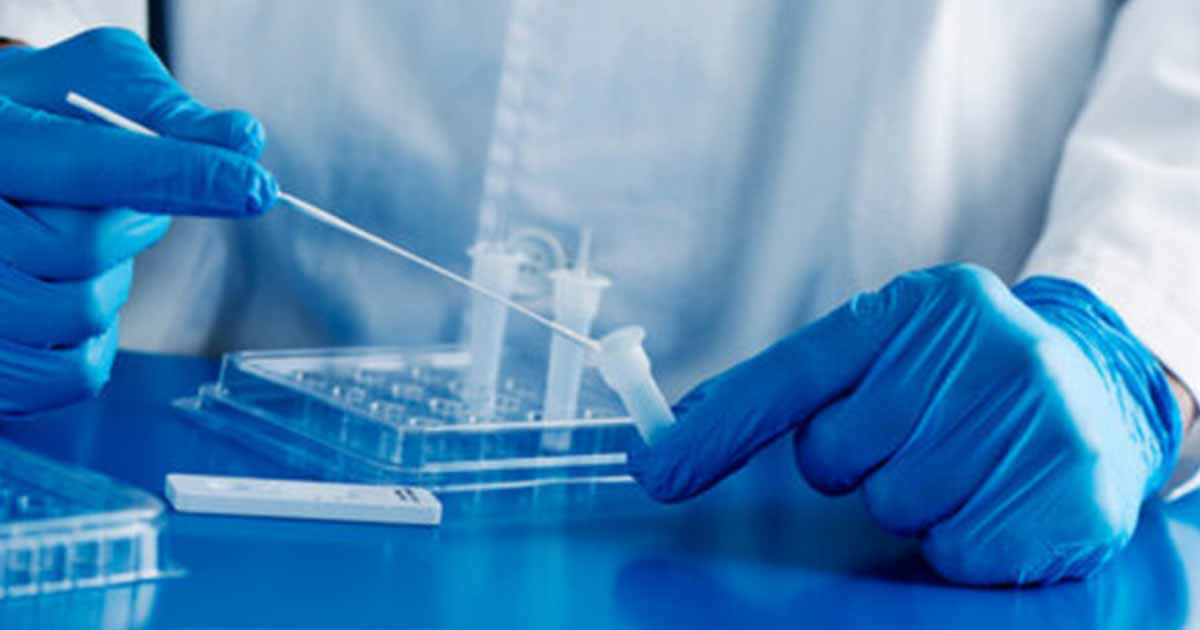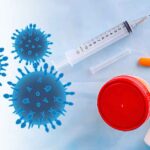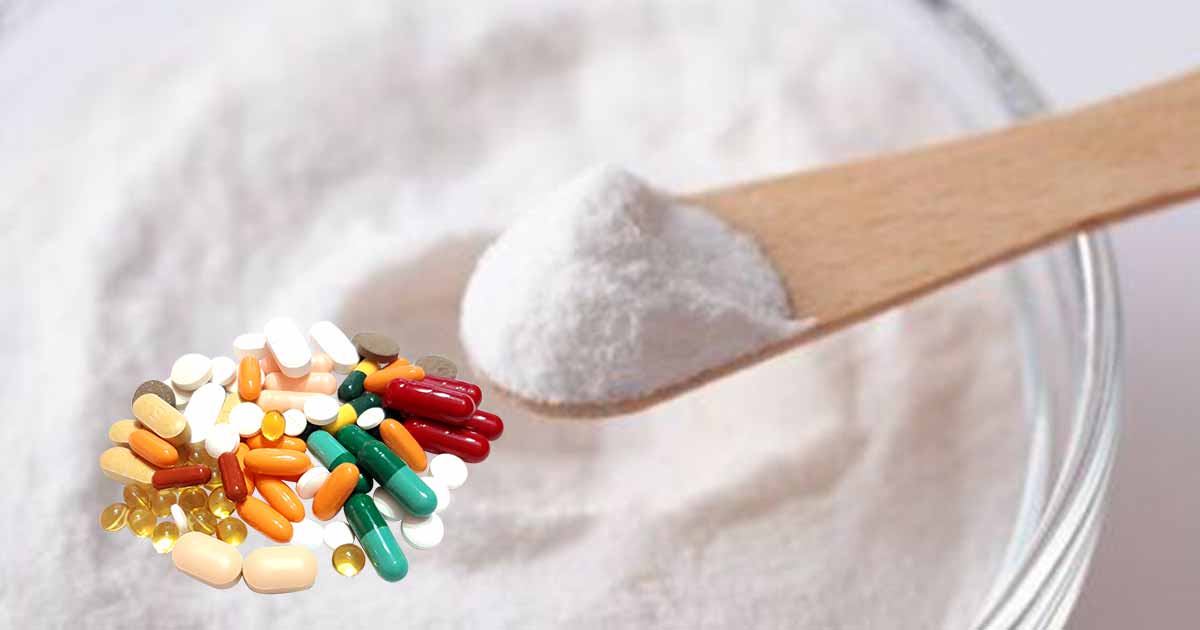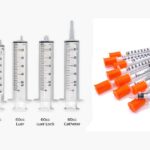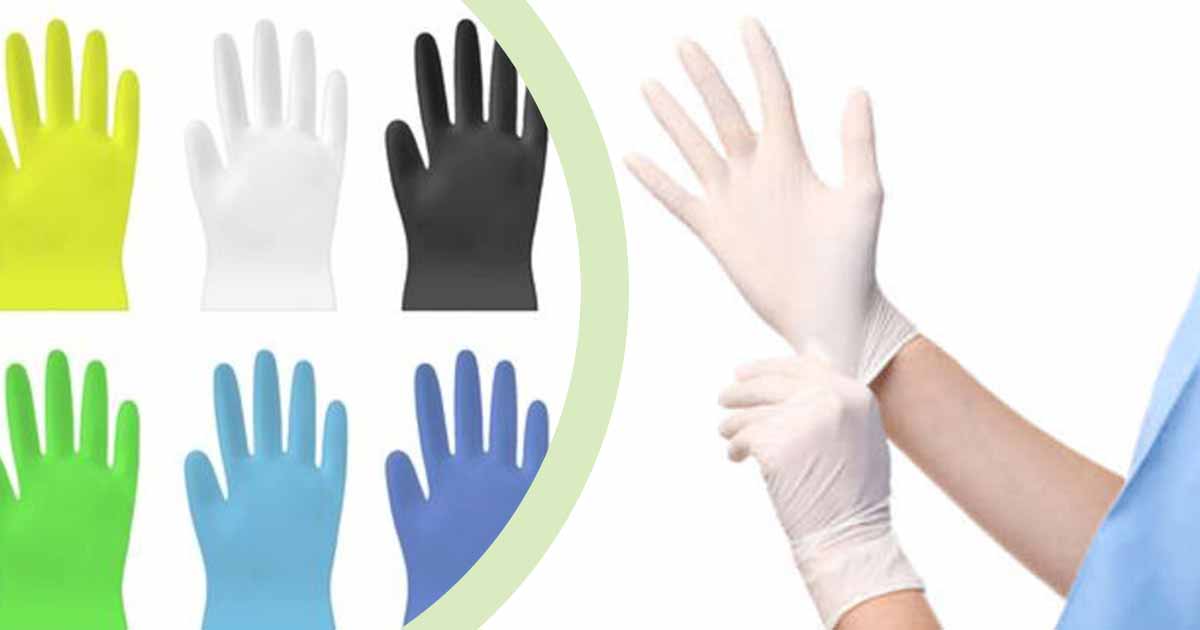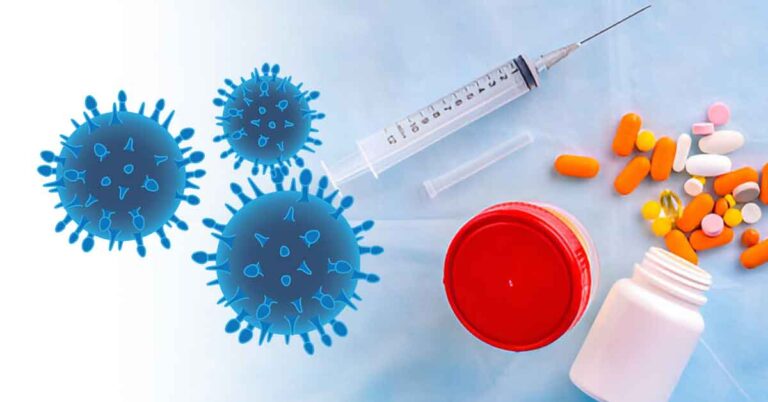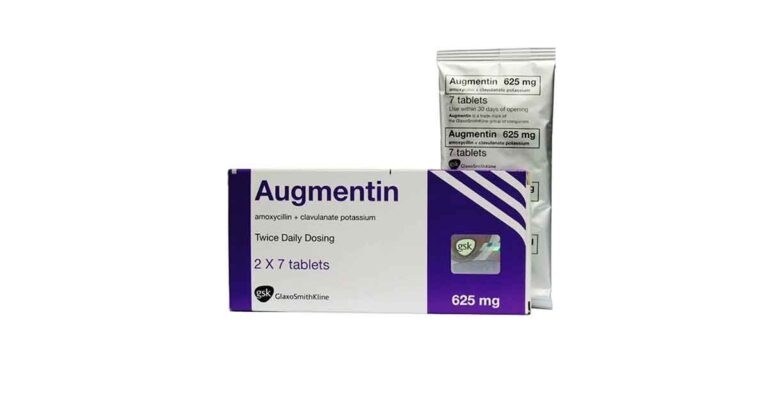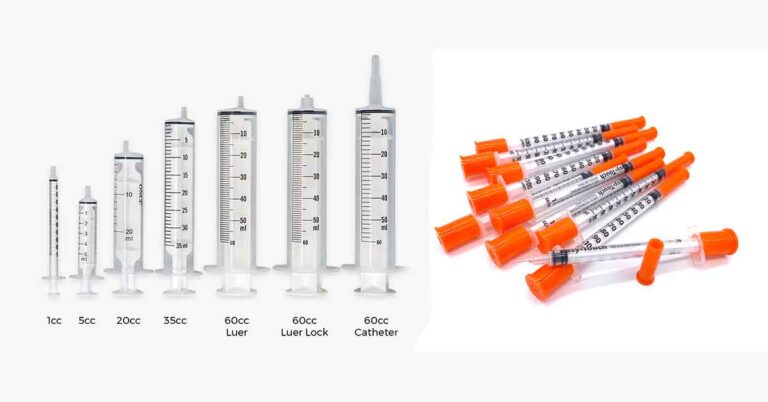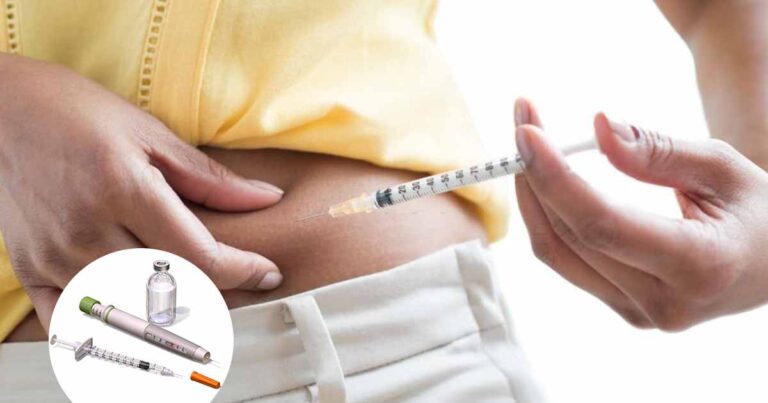Medical swab is a medical instrument that can be used to collect biological samples from human beings for recovery of organisms or point-of-care testing (POCTs). This is to help in transporting and preservation of the collected sample. Swabs can be sterile or non-sterile. They are invasive medical device and are used for temporary purposes.
The medical swab may also have a tube with a transport medium. The transport medium may be Amies, Virus, Viscum, Cary Blair Chlamydia, Stuart. Choice depends on the type of microorganisms such as virus, bacteria. The transport medium ensures that the integrity and viability of the microorganism is preserved during transport for a minimum of 48 hours.
Swab is made of a head and a shaft. The head and shaft shapes depends on the use, which could be nasopharyngeal, urethral, pediatric and standard applications. The head or tip material can be natural fibers such as high-quality absorbent cotton, or inorganic and inert such as polyester, rayon, calcium alginate, dacron, nylon, viscose, polyurethane and flocked fibers.
The shaft of the swab, or swab stick could be wooden, aluminium or polystyrene. The choice depends on the sampling point. Polystyrene or plastic shaft is good for collecting bacteria, viruses, and mycoplasmas from mucosal membranes.
For a medical swabs without means of transport, the material of the swab should allow for the collection of the sample in order to obtain a good return at the time of analysis in the laboratory.
Since there is no media of transport, the analysis of the sample should be done immediately to guarantee viability of the result.
Uses of Medical Swab
- Isolation of microorganisms in culture media
- To prepare smears after taking samples to be observed under a microscope
- To inoculate plates by seeding on the surface of the medium
Types of Medical Swab
- Agar media swabs
- Dry swabs
- Flocked swabs
- Liquid media swabs
Types of Medical Swab Tips
Flocked swabs
The shaft is made of polystyrene fiber. Liquid transport media is good with flocked fibre-headed swabs. This type of medical swab will have good sample absorption and elution capacity. That means it can collect as enough sample as possible, even when swabbing a small area.
Cotton Swab
This was the standard swab tip before newer technologies took over. The cotton swab is still useful in some situations like swabbing inside the mouth since the cotton material is soft, and absorbent. It is less costly.
However, it is not recommended in specimen collection as the natural material of the cotton does not allow efficient release of the specimen. The naturally occurring fatty acids in the material interfere with processes in microbiology and DNA extraction. They injure organisms such as Bordetella or gonococci hence they are not used for collecting such samples.
Can be used in polymerase chain reaction (PCR) tests, though they may inhibit the test.
Foam Swab
Medical grade polyurethane foam swabs are very absorptive due to the foam material. Polyethylene foam is resistant to chemicals. It is good for liquids as the foam easily collects them.
Polyester Swab
This is a synthetic spun fiber made from polymer. It is costlier than cotton or rayon. It has excellent collection and release properties, and is not absorbent.
Rayon Swab
Rayon material is a synthetic spun fiber made from wood. A good alternative to cotton swab in some situations as they have similar performance. It is soft and absorbent. Also, the rayon is less costly. Rayon is good for collecting microorganisms in the upper respiratory tract.
Calcium alginate Swabs
They are used for collection of specimens especially from nasopharyngeal tract, diagnostics, STD testing, and wound care.
Calcium alginate is toxic to gonococci and mycoplasmas, inactivates some viruses like HSV, and interferes with PCR and fluorescent-antibody tests.
References
- https://www.path-tec.com/blog/different-types-of-specimen-collection-swabs/
- https://blog.puritanmedproducts.com/medical-swabs-how-to-choose
- https://microbeonline.com/types-of-swabs/

